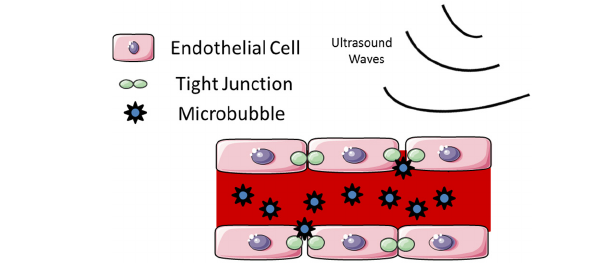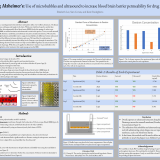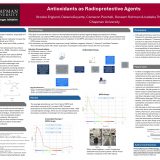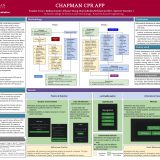
Curing Alzheimer’s: Use of microbubbles and ultrasound to increase blood brain barrier permeability for drug delivery Elizabeth Lee, Sam Covaia, and Katie Rodeghiero
May 11, 2021
Alzheimer’s disease is a neurodegenerative disorder that is estimated to affect over 6 million Americans. The disease is marked by the presence of plaques and tangles in the brain. While some trials have hoped to combat these plaques using antibodies, the semipermeable blood brain barrier (BBB) blocks their passage. In order to get antibodies across the BBB, we utilized sonication and ultrasound to assist in this process. To test, we used transwell membranes as the BBB, Dextran as antibodies, and substitute sonication and ultrasound devices. We tested the difference between a lipid solution and distilled water to support microbubbles, the difference between ultrasound exposure and none, and the difference between solicitation and none. We found that the combination of sonication and ultrasound considerably increased the ability for the Dextran to pass through the membrane. This methodology of combining ultrasound and sonication to help cross the BBB is significant as many treatments fail because the BBB blocks its passage. While this can be applied to Alzheimer’s treatment to get antibodies to the brain, it can also be applied to other treatments that require passage across the BBB.


